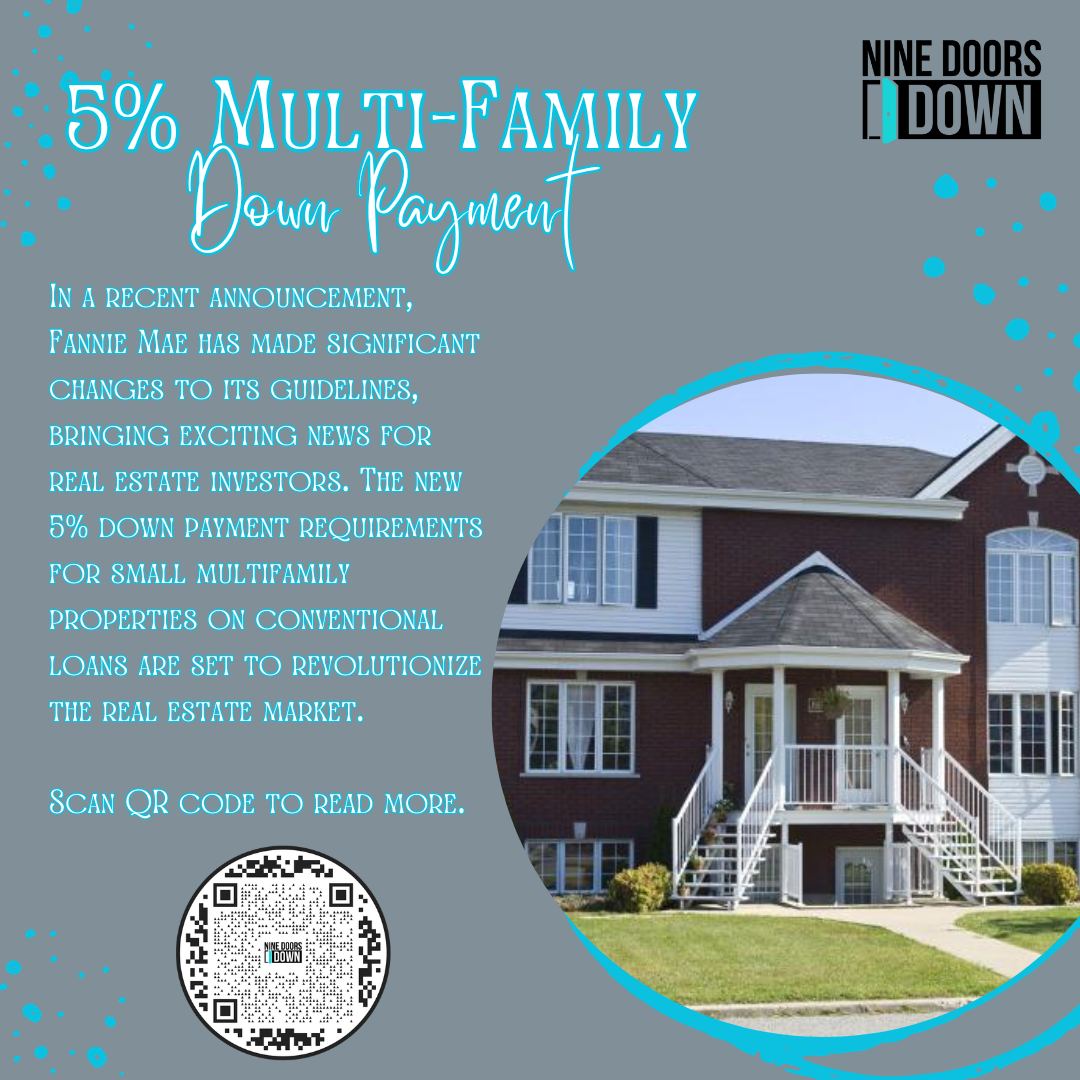The Urban Land Institute (ULI) Fall Meeting took place in Los Angeles last week, and one of the highlights of the event was the release of the annual Emerging Trends in Real Estate 2024 report. This report, which is a collaboration between ULI and PwC, surveys industry leaders on the most pressing issues in commercial real estate. It covers a wide range of topics, including interest rates, ESG, housing affordability, remote work, and outlooks on different types of commercial real estate.
One of the most interesting sections of the report is the “Markets to Watch” section, which ranks 80 major metros based on their real estate prospects. These rankings are based on survey responses from leaders of some of the largest capital allocators in the industry, including JP Morgan, Goldman Sachs, Blackstone, Brookfield, and PGIM Real Estate. In this blog post, we will take a closer look at the top five real estate markets for 2024 according to the report, and explore the factors driving their rankings.
#5 Austin, Texas: Austin ranked #1 in homebuilding prospects, 7th in retail buy recommendations, and 10th in office buy recommendations. The city also saw significant job growth, with a 4.4% increase from June 2022 to June 2023. Austin offers mild winters, no state income tax, and a housing market that is more affordable than major coastal markets like Los Angeles and San Francisco.
#4 Atlanta, Georgia: Atlanta ranked fourth in homebuilding prospects, 12th in hotel buy recommendations, and 14th in retail buy recommendations. The city saw over 54,000 jobs created from August 2022 to August 2023. Atlanta’s home prices are the second lowest among the top five ranked markets, making it an attractive option for those looking for affordable housing.
#3 Dallas-Fort Worth: DFW takes the number three spot on the list. DFW ranked fifth in homebuilding prospects, 17th in hotel buy recommendations, and 15th in multifamily buy recommendations. The metro saw the highest numerical population increase of any US metro between 2021 and 2022, with over 170,000 new residents. DFW offers no state income tax, mild winters, and a lower cost of living compared to other major employment hubs.
#2 Phoenix, Arizona: Phoenix jumped from #9 in the 2023 ranking to number two this year. Phoenix ranked 12th in homebuilding prospects, 18th in hotel buy recommendations, and 17th in retail buy recommendations. The city saw the second highest numerical population increase of any US city between July 2021 and July 2022, adding over 19,000 residents. Major employers such as TSMC, Intel, and Meta, calling Phoenix home in addition to a lower cost of living compared to other West Coast cities.
#1 Nashville, Tennessee: Nashville takes the #1 spot for the third year in a row. Nashville ranked 14th in multifamily buy recommendations, 13th in industrial buy recommendations, sixth in hotel buy recommendations, and third in retail buy recommendations. The metro has seen significant job growth and is home to major companies like Oracle, Amazon, and GM. Nashville offers affordable housing and a 0% income tax rate.
While these rankings may come as a surprise given the challenges these markets are facing, such as negative rent growth and an influx of new deliveries, it is important to note that the rankings are based on long-term real estate fundamentals. Factors like job growth, population growth, and tax incentives for businesses and individuals are driving demand in these markets. Additionally, the rankings suggest that investors may be looking to acquire distressed assets in these markets.
In conclusion, the ULI-PwC Emerging Trends in Real Estate report provides valuable insights into the top real estate markets for 2024. The rankings are based on input from industry leaders and highlight the long-term fundamentals driving demand in these markets. Despite challenges, these markets offer attractive opportunities for investors and are likely to see continued growth in the coming years.








